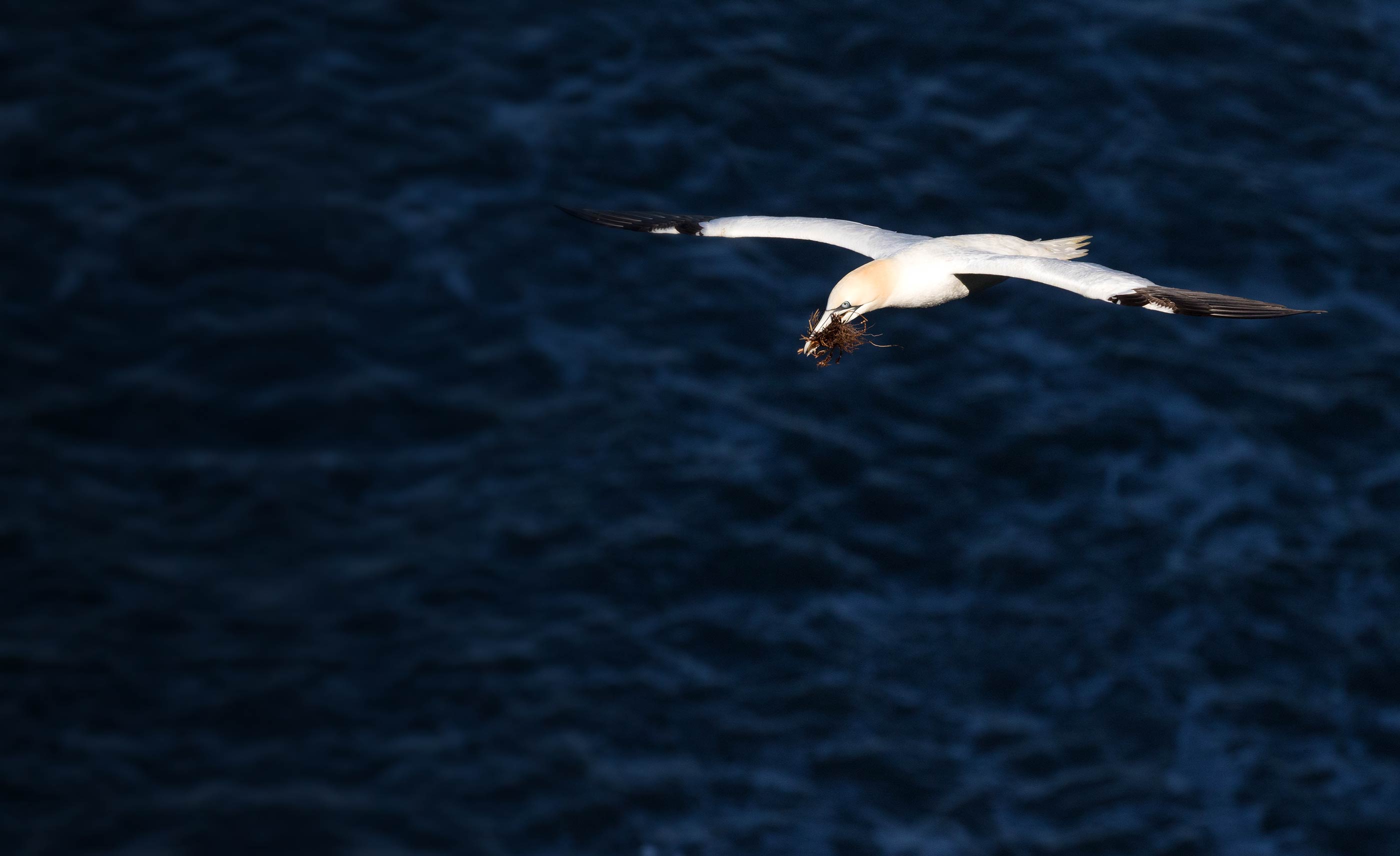Butterflies
To many people, butterflies are honorary birds! They fly, are usually brightly coloured and hold a place in our affections. A dozen or so species are fairly regular garden visitors, with others putting in an appearance if you happen to have a rural garden bordering a wood, piece of rank grassland or open scrub.
Butterflies may utilise three different types of resources in a typical garden. They may, if they are one of the handful of species to overwinter in the adult state, use a woodpile or outbuilding to overwinter. They may nectar on the flowers of our shrubs or other plants and, finally, they may eat our plants as caterpillars. The dominance of non-native plants in our gardens (and indeed hybrid cultivars) almost certainly reduces nectaring opportunities, because flower structure may restrict access. With an estimated 70% of our garden flora non-native in origin, you might imagine this to be a major problem. However, plants within a family are often similar in structure, so a non-native belonging to the same family as a native may be equally accessible. When you look at the level of the family, the proportion of non-native plants in our gardens drops from 70% to just 36%.
While butterflies might be able to use our gardens for nectaring, opportunities for caterpillars are much reduced, with most gardens lacking host plants of the right species or condition to support caterpillars. Gardens might therefore have a role to play in supporting butterfly populations at a wider spatial scale, providing nectaring opportunities for populations breeding nearby in other habitats. The value and role of gardens for butterflies is something that we can examine through BTO Garden BirdWatch.
Find out more about garden butterfly species







Share this page